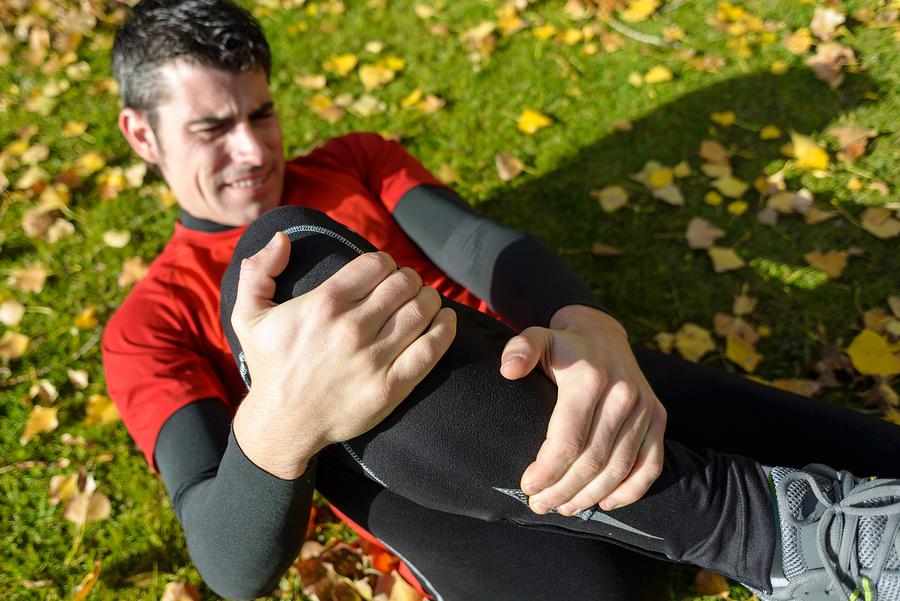As we explored in a previous blog post treating an athletic injury can be a tricky undertaking. Whether the injury is extreme or not so serious, it is still essential to follow a strict treatment plan.
However this must of course only follow after a precise diagnosis in order to try to get back to full function. The tibia is one part of the body that athletes are particularly prone to injuring. A fracture of the tibia is moderately serious and the recovery can often be problematic.
Surgery is usually required when the tibia is fractured and it varies on a case by case basis as to whether the person regains full function. There have been several incidences of sports people being unable to return to their profession following a tibia fracture and this can of course have devastating effects for them. If a person is to return to playing professional sports then the fracture will have to heal 100%. This healing must also take place in exactly the correct position.
If a fracture heals with the wrong alignment then there is no guarantee that the usual amount of motion and strength will return. This is true of both surgical and non-surgical fractures.
If a fracture doesn’t line up as it should during the healing process then this is referred to as a displaced fracture and will generally require surgical intervention. An orthopedic surgeon will be no stranger to this kind of surgery for which they will use a rod within the bone. When a fracture is less serious and considered non-displaced then a cast will typically be enough to do the job. It is important that the cast reaches at least up to the knee in order to give the patient the support that they need.
Statistics show that approximately 25% of all tibia fractures occur in a sports setting. This illustrates just how common sports injuries of this type are and also shows the need to exercise caution. Soccer, football and basketball are three sports that appear to have particularly high numbers of tibia fracture injuries.
Data collected to find out how many sports people with tibia fractures returned to sports cites that 91.5% of patients will return. However, on average only 75% of these people will retain the same level of performance as before! This same data also shows that just over 66% of these people were able to have non-surgical treatment for their injuries.
1) http://www.knowyourback.org/pages/spinalconditions/injuries/sportsinjuries.aspx
2) http://www.drdavidgeier.com/tibia-fracture-return-sports/
Related Posts
Cigarettes May Inhibit Inflammation Treatments
Axial spondyloarthritis, also known as AxSpa, is a chronic…







